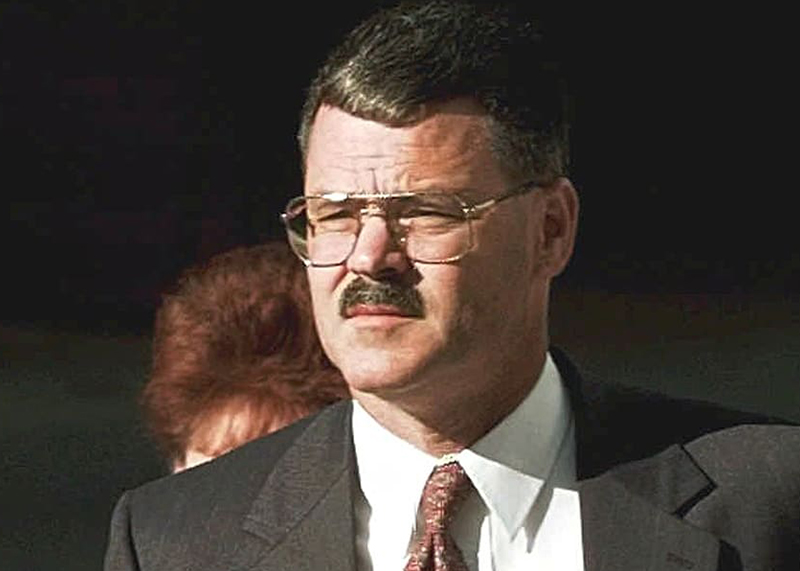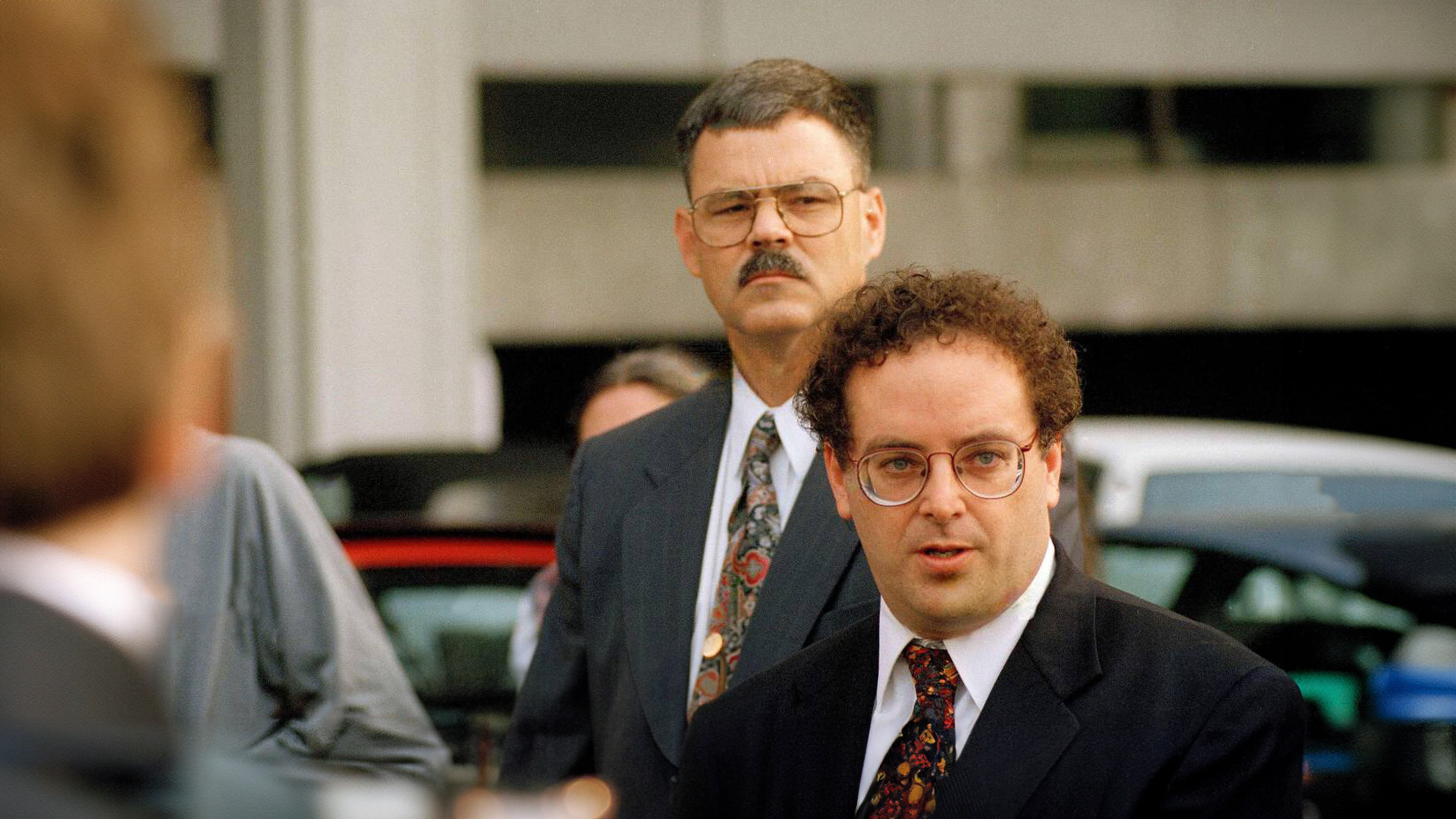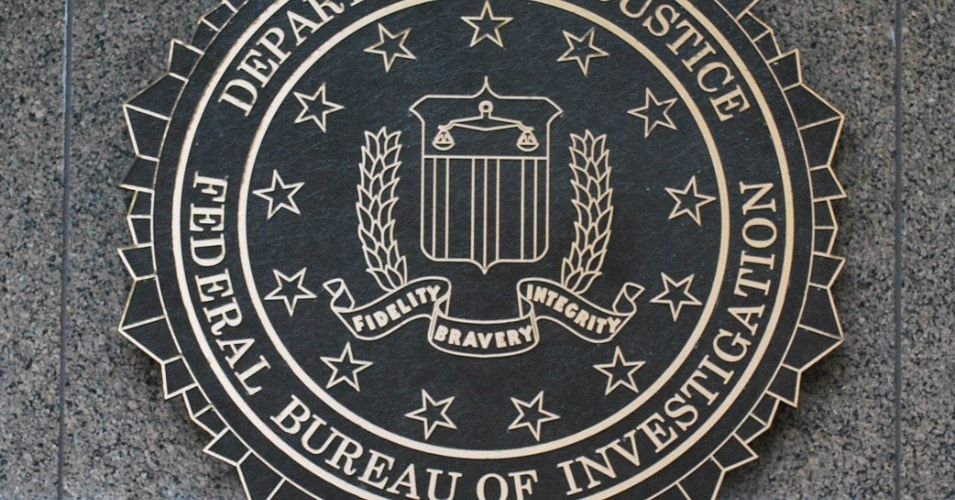Frederic Whitehurst exposed widespread misconduct and fraudulent scientific practices within the FBI crime lab.
Frederic Whitehurst, renowned as the FBI’s foremost explosives expert, made history as America’s first successful FBI whistleblower. His courageous actions exposed critical issues, leading to significant reforms within the agency. Whitehurst was awarded a $1.42 million settlement in recognition of his contributions.

The World Trade Center Bombing and the Beginning of the Whistleblower
Supervisory Special Agent Frederic Whitehurst was the FBI’s foremost expert on explosives. When terrorists detonated a bomb in the World Trade Center garage in 1993, Whitehurst was dispatched to secure the crime scene. His investigation took a shocking turn as he uncovered evidence of the FBI manipulating forensic evidence to frame suspects. Determined to prevent a miscarriage of justice, Whitehurst embarked on a perilous path.
Fighting Back Against Obstruction
To expose the FBI’s misconduct, Whitehurst sought legal counsel from Kohn, Kohn & Colapinto. However, due to his top-secret clearance and involvement in a high-profile case, the Attorney General imposed strict communication restrictions, threatening prosecution if he divulged sensitive information.
Undeterred, Whitehurst drafted memos detailing the forensic fraud and shared them with the Justice Department. These memos eventually reached the judge overseeing the World Trade Center bombing case, who recognized their significance as Brady material—evidence that could impact the defendant’s guilt. The judge ordered Whitehurst to testify, but only if his legal representation was protected.

FBI Special Agent Dr. Frederic Whitehurst, left, and his attorney Stephen Kohn
Whitehurst and Kohn face the news media, Sept. 19, 1995, outside the Criminal Courts building in Los Angeles, Calif.
Exposing the FBI’s Systemic Failures
With his legal rights secured, Whitehurst’s attorneys uncovered a disturbing pattern of misconduct within the FBI crime lab. Evidence emerged of perjury in a case involving an African-American judge, and similar issues tainted other high-profile cases like the Oklahoma City Bombing and the O.J. Simpson trial. The mounting pressure on the FBI led to a televised exposé on Prime Time Live and the formation of a blue-ribbon panel to investigate the crime lab. The panel’s findings were damning, confirming widespread misconduct among FBI examiners and necessitating sweeping reforms.
Reforming the FBI and Securing Justice
Whitehurst’s legal battle forced President Clinton to establish whistleblower protections for FBI employees, and the Department of Justice Inspector General gained permanent oversight of the FBI crime lab. In 1998, the FBI and DOJ agreed to a $1.42 million settlement, clearing Whitehurst’s name and restoring his reputation.
A Legacy of Change
After retiring from the FBI, Whitehurst continued his fight for justice as an attorney and board member of the National Whistleblower Center. His tireless efforts led to the review of thousands of cases, exonerating innocent individuals and preventing wrongful convictions. While reflecting on his career, Whitehurst emphasized his unwavering commitment to upholding the law and ensuring accountability within the FBI.
The Senate Judiciary Committee later acknowledged Whitehurst’s pivotal role in reforming the FBI, crediting his persistence for the critical changes implemented within the crime lab. Frederic Whitehurst’s courage and determination transformed the FBI, leaving an enduring legacy of integrity and accountability in the U.S. criminal justice system.

“In my world, courage is spelled “KKC”. They go up against the most powerful adversaries and win.”
Navy and Marine Corps Medal Recipient


Service: Navy
Rank: Seaman Recruit
GENERAL ORDERS:
All Hands (October 1965)
CITATION:
The President of the United States of America takes pleasure in presenting the Navy and Marine Corps Medal to Seaman Recruit Frederic W. Whitehurst, United States Navy, for heroism in attempting to rescue two men from a car that had plunged into a lake at Little Creek, Norfolk, Virginia, on the morning of 16 January 1965. Upon observing that a car had skidded off the highway and into the water, Seaman Recruit Whitehurst leaped from his own car and jumped into the icy water. After being assured that the driver of the vehicle could reach shore without assistance, Seaman Recruit Whitehurst attempted to rescue the passenger. With the aid of another rescuer, he tried to bring the drowning man to shore, but the man slipped from his grasp and disappeared beneath the surface of the water.
See Medal at Military Times: Hall of Valor Project
Related Case Media

Published on May 22, 2023

Published on October 6, 2016